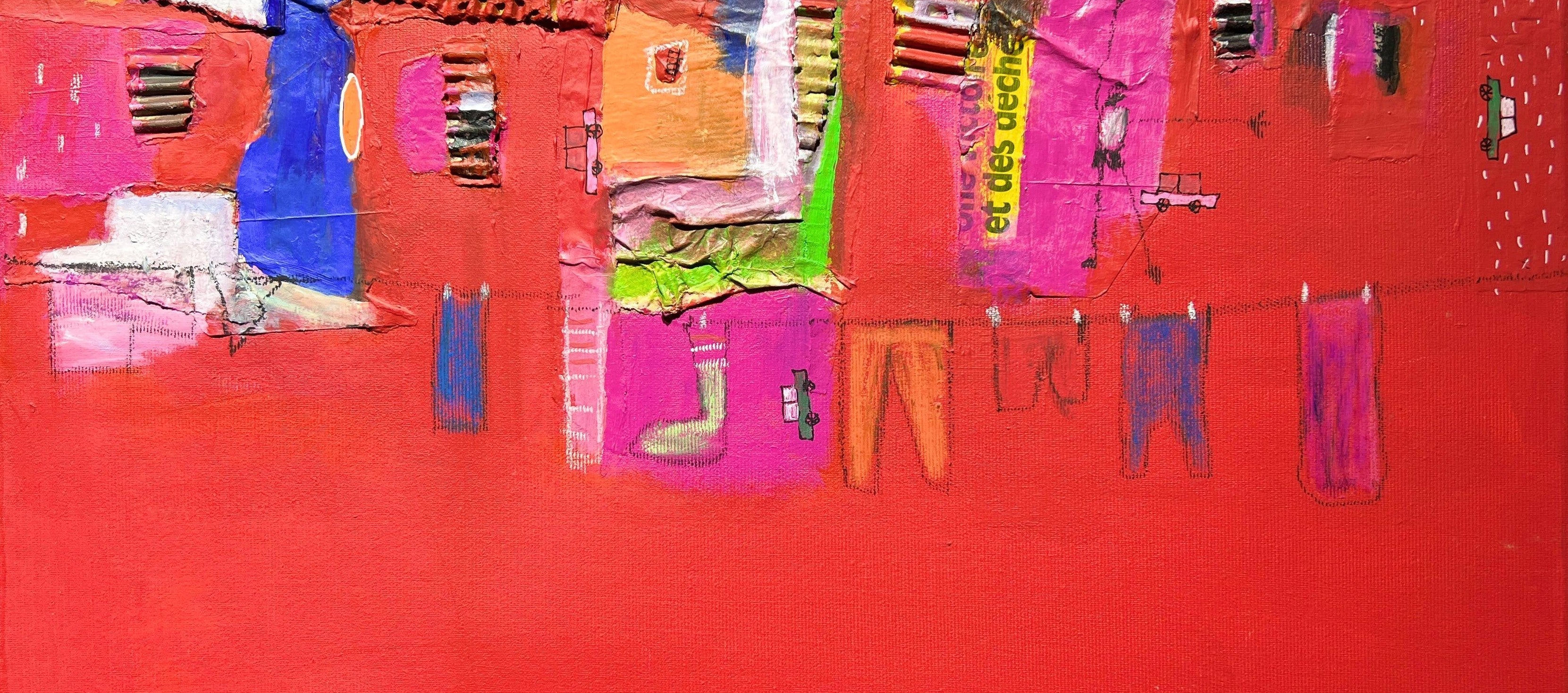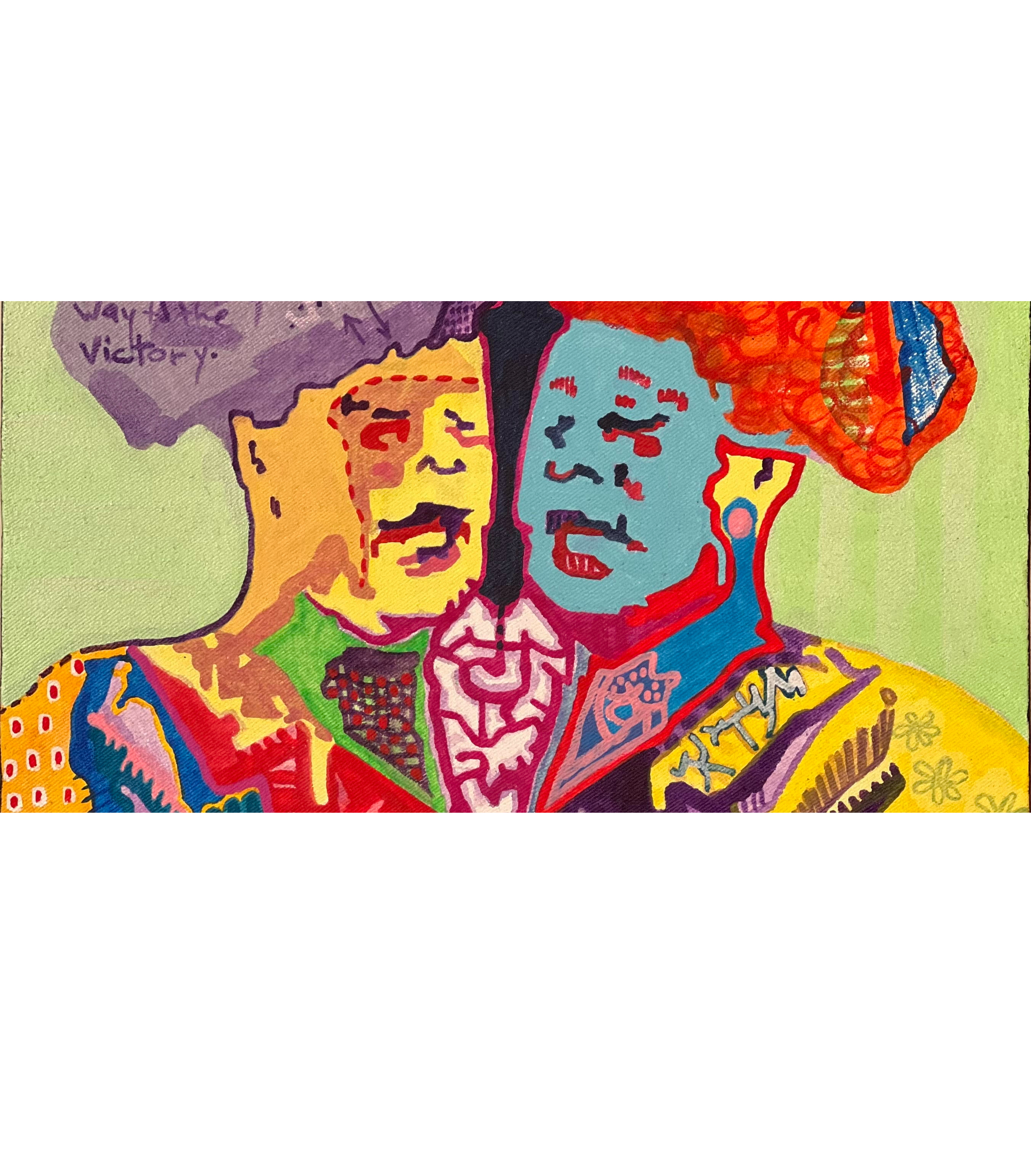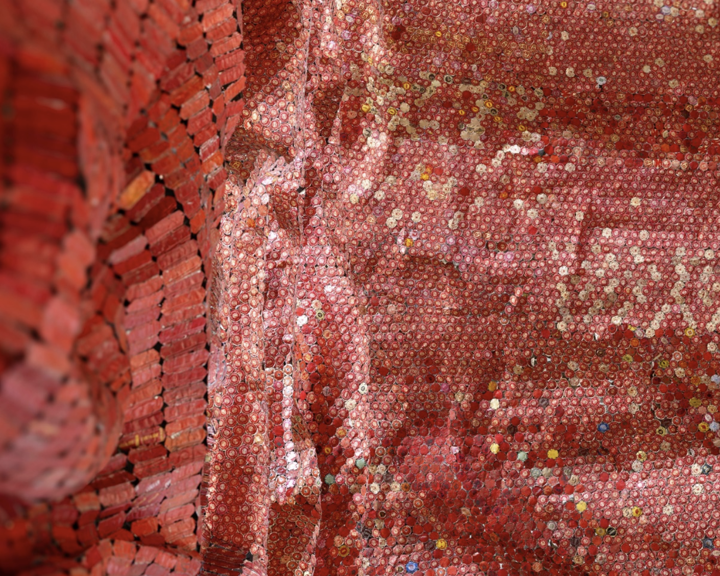
Sarah's Stories: From the Dakar Biennale to Your Home
Dakar, Senegal’s capital, transforms into a global art stage every two years with the Dakar Biennale (Dak’Art). Often compared to the Venice Biennale or Art Basel, Dak’Art is Africa’s premier contemporary art event, celebrating the creativity and innovation of artists from across the continent and the diaspora. This year’s 15th edition, themed “The Wake, l’Éveil, Xàll wi”, delves into societal transformation, personal growth, and shared futures.

As late autumn casts its golden light over Dakar, the city settles into a serene yet vibrant rhythm. With most tourists gone, Senegalese students explore the Biennale’s final exhibitions, butterflies flit through trees, and the Ancien Palais de Justice—the Biennale’s beating heart—awaits, brimming with creativity. Let me immerse you in the spirit of this moment, wherever you are.
Stepping into the Ancient Palais de Justice: Where Art Meets Legacy
As you step into the Ancien Palais de Justice (former Courthouse), you’re immediately greeted by Sokari Douglas Camp’s towering sculptures, commanding the space with intricate details and reflective surfaces. These works—“Ruffle Jonkonnu” and “Yorkshire Tea Jonkonnu”—crafted from mild steel and acrylic paint, explore themes of identity, migration, and ecological awareness. Sokari’s fusion of industrial materials with poetic symbolism invites contemplation on the intersection of history and modernity, much like the Palais itself.

Artworks That Captivate: "Vibration" and "Fabric of Identity"
"Vibration" by Abdou Ouologuem
At an impressive 6.3m by 2.8m, Vibration is impossible to ignore. Its swirling blues and golds pull you in, like staring into the forces of nature. Abdou Ouologuem’s work feels like a call to reconnect with the environment—a reminder of the balance we’ve disrupted. The glowing moon at its center adds a quiet spirituality, as if the artwork is asking us to pause and reflect.

"Fabric of Identity" by Ronald Odur
In contrast, Ronald Odur’s Fabric of Identity floats delicately, almost weightless. Suspended passports—symbols of movement and belonging—seem to tell countless stories of migration and identity. It’s both personal and universal, leaving you to reflect on what it truly means to belong.

La Salle des Assises: A Palace in Pieces
Stepping into La Salle des Assises (the Supreme Courtroom), Wangechi Mutu’s “A Palace in Pieces” immediately pulls you into its solemn beauty. A mound of earth draped in fabric anchors the space, while suspended ornaments draw your gaze upward, connecting past and present.
The delicate hands resting on plates of earth feel deeply human, like silent witnesses to the histories held within these walls. Mutu’s work transforms the courtroom into a space for quiet reflection, blending memory with the possibility of reconciliation. It’s both haunting and hopeful—a reminder of art’s power to reimagine justice and healing.
From the solemn reflections of La Salle des Assises, the Biennale leads you to the Plateau neighborhood at the southern tip of Dakar Island, where most exhibitions and galleries are located.

Hommage à Dout’s: Art and Presence
Set in the prestigious Galerie Nationale d'Art, the Hommage à Dout’s exhibition offers an intimate celebration of the late Senegalese artist’s work. Curated by Sylvain Sankalé—renowned art critic—the exhibition reflects a deeply personal connection to the artist, creating a space as vibrant and approachable as Dout’s artistic spirit. The gallery comes alive with intricate patterns and bold hues of blue and burgundy, with large-scale works radiating an urban rhythm of creativity. Yet, the atmosphere remains contemplative, with soft lighting and muted walls offering a harmonious backdrop.
One line in the exhibition that resonated deeply was, “L’absence est une présence” (“Absence is a presence”), subtly weaving together Dout’s physical absence with the undeniable vibrancy of his art.

Fatim Soumaré and "Lam We Nu Kawuluxe: The Griot’s Heirs"
Fatim Soumaré’s exhibition felt like a sensory journey through Senegal’s cultural heritage. The cotton thread, central to her work, symbolizes the deep connection between tradition and storytelling. Her monumental woven sculpture captivates with its delicate beauty, bridging the past and present in a way that feels tangible and meaningful.
At the back of the space, a cozy sofa invites you to sit and absorb the rhythmic chants of women on film. Their hauntingly beautiful voices speak of peace and community, embodying the spirit of the griot—a traditional storyteller who preserves and passes down history through oral tradition. It’s a deeply moving experience, one that lingers with you long after you leave.

Celebrate the Season with the Spirit of Dakar
This holiday season, give the gift of African contemporary art—unique, meaningful, and full of stories that support artists.
Explore our curated Christmas Wishlist to discover one-of-a-kind pieces perfect for your loved ones or your home. Click here to start your journey. Experience the spirit of the Dakar Biennale through immersive videos and sounds on our Instagram and Facebook. Order now to ensure timely holiday delivery!



